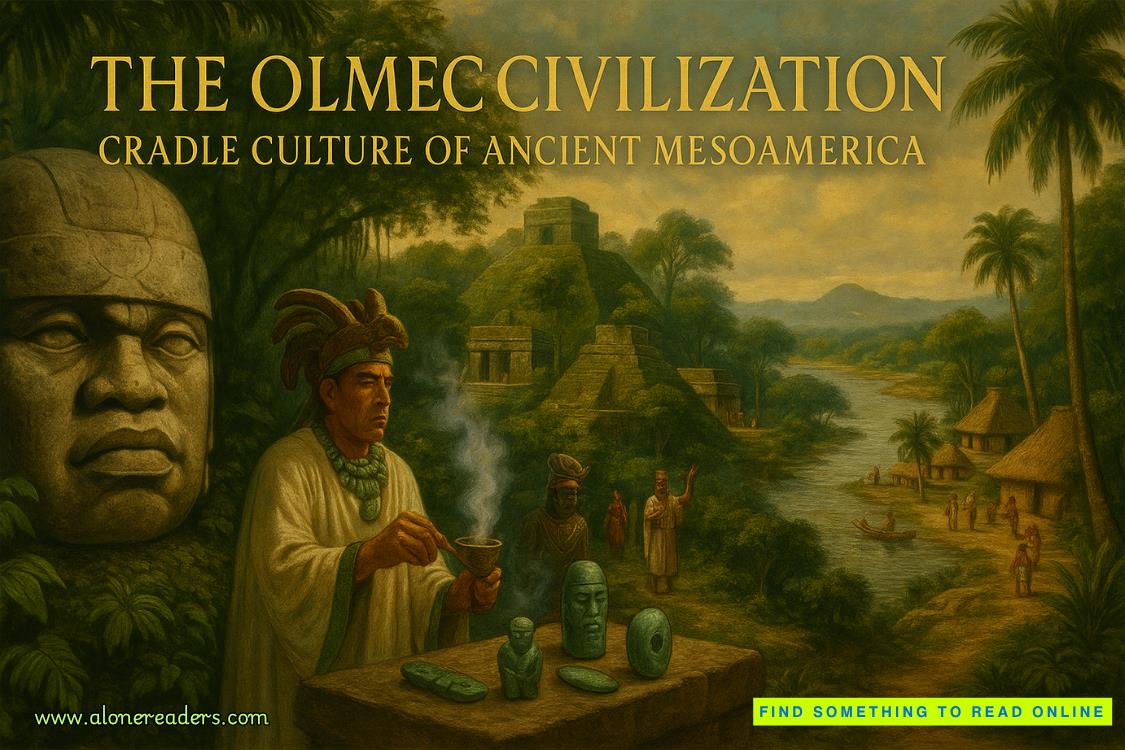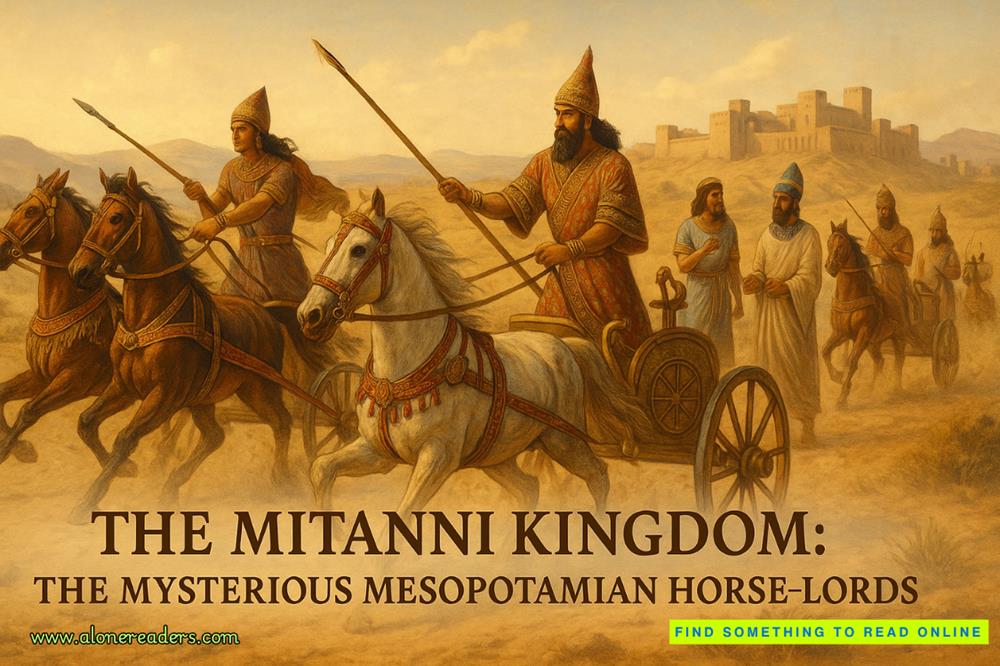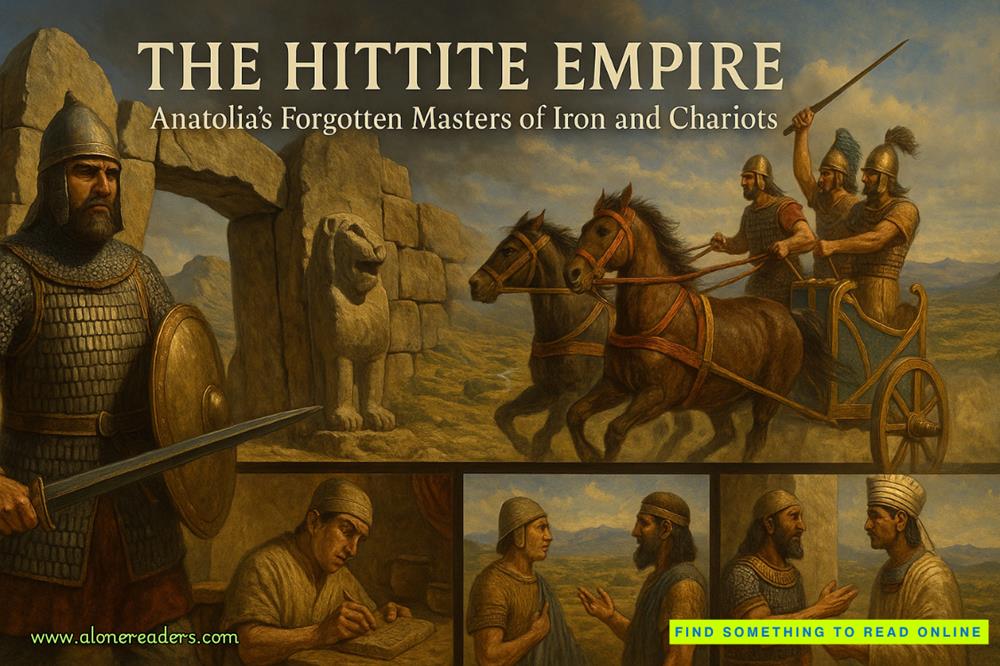Page 39 of Troubled Blood
She’d handed the strip to Robin, whose nostrils were now burning from the rich and varied assault of the past half hour.
“Sexy but grown-up, you know? It’s a real classic.”
And in that moment, Robin, breathing in heady, luscious, oily tuberose, had been seduced by the idea of becoming, in her thirtieth year, a sophisticated woman utterly different from the kind of fool who was too stupid to realize that what her husband told her he loved, and what he liked taking into his bed, bore about as much resemblance as a fig to a hand grenade.
13
Thence forward by that painfull way they pas,
Forth to an hill, that was both steepe and hy;
On top whereof a sacred chappell was,
And eke a little hermitage thereby.
Edmund Spenser
The Faerie Queene
In retrospect, Strike regretted the first gift he’d ever given Robin Ellacott. He’d bought the expensive green dress in a fit of quixotic extravagance, feeling safe in giving her something so personal only because she was engaged to another man and he was never going to see her again, or so he’d thought. She’d modeled it for Strike in the course of persuading a saleswoman into indiscretions, and that girl’s evidence, which Robin had so skillfully extracted, had helped solve the case that had made Strike’s name and saved his agency from bankruptcy. Buoyed by a tide of euphoria and gratitude, he’d returned to the shop and made the purchase as a grand farewell gesture. Nothing else had seemed to encapsulate what he wanted to tell her, which was “look what we achieved together,” “I couldn’t have done it without you” and (if he was being totally honest with himself) “you look gorgeous in this, and I’d like you to know I thought so when I saw you in it.”
But things hadn’t panned out quite as Strike had expected, because within an hour of giving her the green dress he’d hired her as a full-time assistant. Doubtless the dress accounted for at least some of the profound mistrust Matthew, her fiancé, had henceforth felt toward the detective. Worse still, from Strike’s point of view, it had set the bar uncomfortably high for future gifts. Whether consciously or not, he’d lowered expectations considerably since, either by forgetting to buy Robin birthday and Christmas gifts, or by making them as generic as was possible.
He purchased stargazer lilies at the first florist he could find when he got off the train from Amersham, and bore them into the office for Robin to find next day. He’d chosen them for their size and powerful fragrance. He felt he ought to spend more money than he had on the previous year’s belated bunch, and these looked impressive, as though he hadn’t skimped. Roses carried an unwelcome connotation of Valentine’s Day, and nearly everything else in the florist’s stock—admittedly depleted at half past five in the afternoon—looked a little bedraggled or underwhelming. The lilies were large and yet reassuringly impersonal, sculptural in quality and heavy with fragrance, and there was safety in their very boldness. They came from a clinical hothouse; there was no romantic whisper of quiet woods or secret garden about them: they were flowers of which he could say robustly “nice smell,” with no further justification for his choice.
Strike wasn’t to know that Robin’s primary association with stargazer lilies, now and for evermore, would be with Sarah Shadlock, who’d once brought an almost identical bouquet to Robin and Matthew’s housewarming party. When she walked into the office the day after her birthday and saw the flowers standing there on the partners’ desk, stuck in a vase full of water but still in their cellophane, with a large magenta bow on them and a small card that read “Happy birthday from Cormoran” (no kiss, he never put kisses), she was affected exactly the same way she’d been by the hand-grenade-shaped bottle in Selfridges. She didn’t want these flowers; they were a double irritant in reminding her of Strike’s forgetfulness and Matthew’s infidelity, and if she had to look at or smell them, she resolved, it wouldn’t be in her own home.
So she’d left the lilies at the office, where they stubbornly refused to die, Pat conscientiously refilling their water every morning and taking such good care of them that they lived for nearly two weeks. Even Strike was sick of them by the end: he kept getting wafts of something that reminded him of his ex-girlfriend Lorelei’s perfume, an unpleasant association.
By the time the waxy pink and white petals began to shrivel and fall, the thirty-ninth anniversary of Margot Bamborough’s disappearance had passed unmarked and probably unnoticed by anyone except, perhaps, her family, Strike and Robin, who both registered the fateful date. Copies of the police records had been brought to the office as promised by George Layborn, and now lay in four cardboard boxes under the partners’ desk, which was the only place the agency had room for them. Strike, who was currently the least encumbered by the agency’s other cases, because he was holding himself in readiness to go back down to Cornwall should the need arise, set himself to work systematically through these files. Once he’d digested their contents, he intended to visit Clerkenwell with Robin, and retrace the route between the old St. John’s practice where Margot had last been seen alive, and the pub where her friend had waited for her in vain.
So, on the last day of October, Robin left the office at one o’clock and hurried, beneath a threatening sky and with her umbrella ready in her hand, onto the Tube. She was quietly excited by the prospect of this afternoon, the first she and Strike would spend working the Bamborough case together.
It was already drizzling slightly when Robin caught sight of Strike, standing smoking as he surveyed the frontage of a building halfway down St. John’s Lane. He turned at the sound of her heels on the wet pavement.
“Am I late?” she called, as she approached.
“No,” said Strike, “I was early.”
She joined him, still holding her umbrella, and looked up at the tall, multi-story building of brown brick, with large, metal-framed windows. It appeared to house offices, but there was no indication of what kind of businesses were operating inside.
“It was right here,” said Strike, pointing at the door numbered 29. “The old St. John’s Medical Practice. They’ve remodeled the front of the building, obviously. There used to be a back entrance,” he said. “We’ll go round and have a shufti in a minute.”
Robin turned to look up and down St. John’s Lane, which was a long, narrow one-way street, bordered on either side by tall, multi-windowed buildings.
“Very overlooked,” commented Robin.
“Yep,” said Strike. “So, let’s begin with what Margot was wearing when she disappeared.”
“I already know,” said Robin. “Brown corduroy skirt, red shirt, knitted tank top, beige Burberry raincoat, silver necklace and earrings, gold wedding ring. Carrying a leather shoulder bag and a black umbrella.”
“You should take up detection,” said Strike, mildly impressed. “Ready for the police records?”
“Go on.”
“At a quarter to six on the eleventh of October 1974 only three people are known to have been inside this building: Margot, who was dressed exactly as you describe, but hadn’t yet put on her raincoat; Gloria Conti, who was the younger of the two receptionists; and an emergency patient with abdominal pain, who’d walked in off the street. The patient, according to the hasty note Gloria took, was called ‘Theo question mark.’ In spite of the male name, and Dr. Joseph Brenner’s assertion that he thought the patient looked like a man, and Talbot trying hard to persuade her that Theo was a man dressed as a woman, Gloria never wavered in her assertion that ‘Theo’ was a woman.
“All the other employees had left before a quarter to six, except Wilma the cleaner, who hadn’t been there at all that day, because she didn’t work Fridays. More of Wilma later.















